


Virtual worlds are making online identity more flexible and expansive
As we enter an even more VR- and AR-inflected realm of social, it’s opening up new avenues for identity expression. It’s part of why the ability to self-represent in virtual worlds – whether with accuracy, playfulness, or nuance – is a major cultural touchpoint. Against this backdrop, legacy brands and creators alike are furiously building the infrastructure to support more open self-expression in online worlds.
In September 2022, Meta – cognisant of the role the metaverse could play in expanding identity – launched a mixed reality drag show in London. The event showcased how VR and AR are tailor-made to help communities express complex identities in new ways, freeing them from the limitations of the physical world, similar to how drag queens and kings free themselves from the limitations of gender signifiers.
Meta’s foray into VR identities is part of a wider reevaluation of how we package up selfhood online. If identity was knotty on existing social platforms, virtual worlds have sent it supernova.
Gen Z had already dropped the singular, static ‘personal brand’ for the modular identity. Their idols are genre-hopping, like the pop-punk of Willow Smith or the emo, indie, experimental work of Billie Eilish. TikTok subcultures famously borrow from each other, overlap, or even contradict (love paganism and exfoliating? 4.7 billion views of ‘clean girl goth’ content suggest that contrasting identities is the new normal).
For the young and online, a fluctuating or fluid self isn’t just allowed – it’s table stakes.
Now, as we enter an even more VR- and AR-inflected realm of social, it’s opening up new avenues for identity expression. It’s part of why the ability to self-represent in virtual worlds – whether with accuracy, playfulness, or nuance – is a major cultural touchpoint, not to mention big business. This is a generation that’s investing in its online identities, spending $54bn in 2022 on digital goods, including skins, avatars and accessories.
Against this backdrop, legacy brands and creators alike are furiously flexing their own products and IP to support more open self-expression in online worlds – whether that’s gamers like @xmiramira creating melanin packs to perfect Black Sims characters’ skin tones, or Balenciaga launching its first fully digital collection. From this vantage point, the metaverse doesn’t start with a place – it starts with a player.
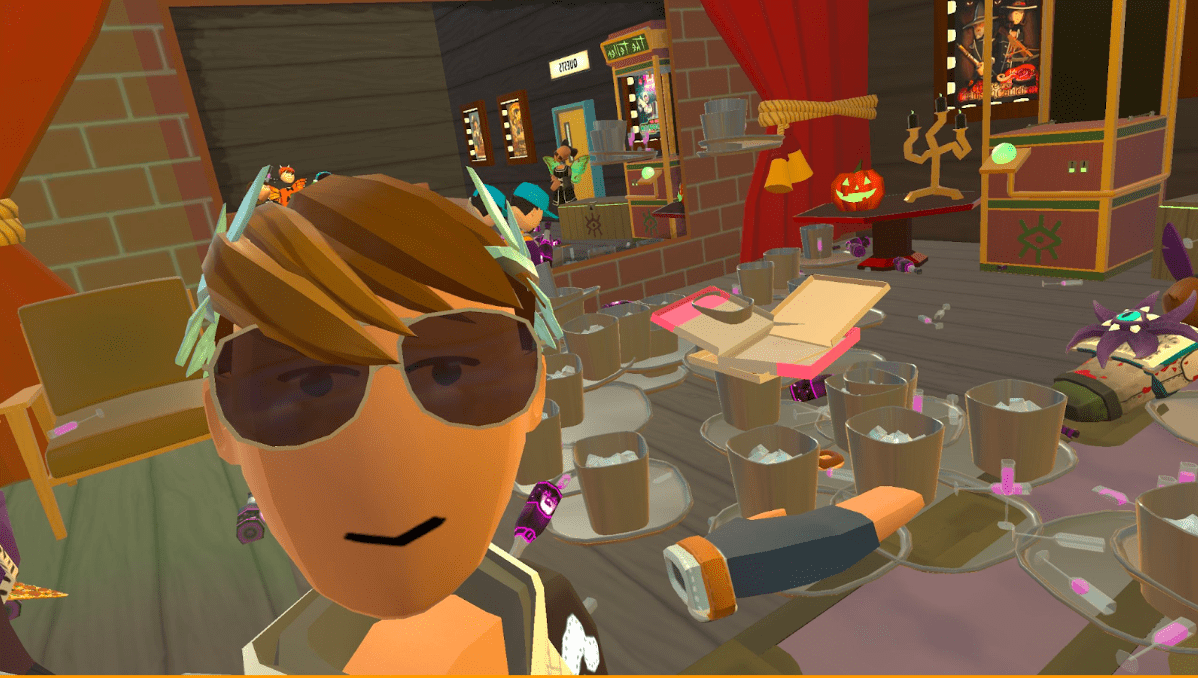
Virtual worlds have given younger generations the idea of building a better reality from scratch. As a group that’s hyper-attuned to the flaws of the IRL world, Gen Z are constructing digital spaces using their values as the foundations.
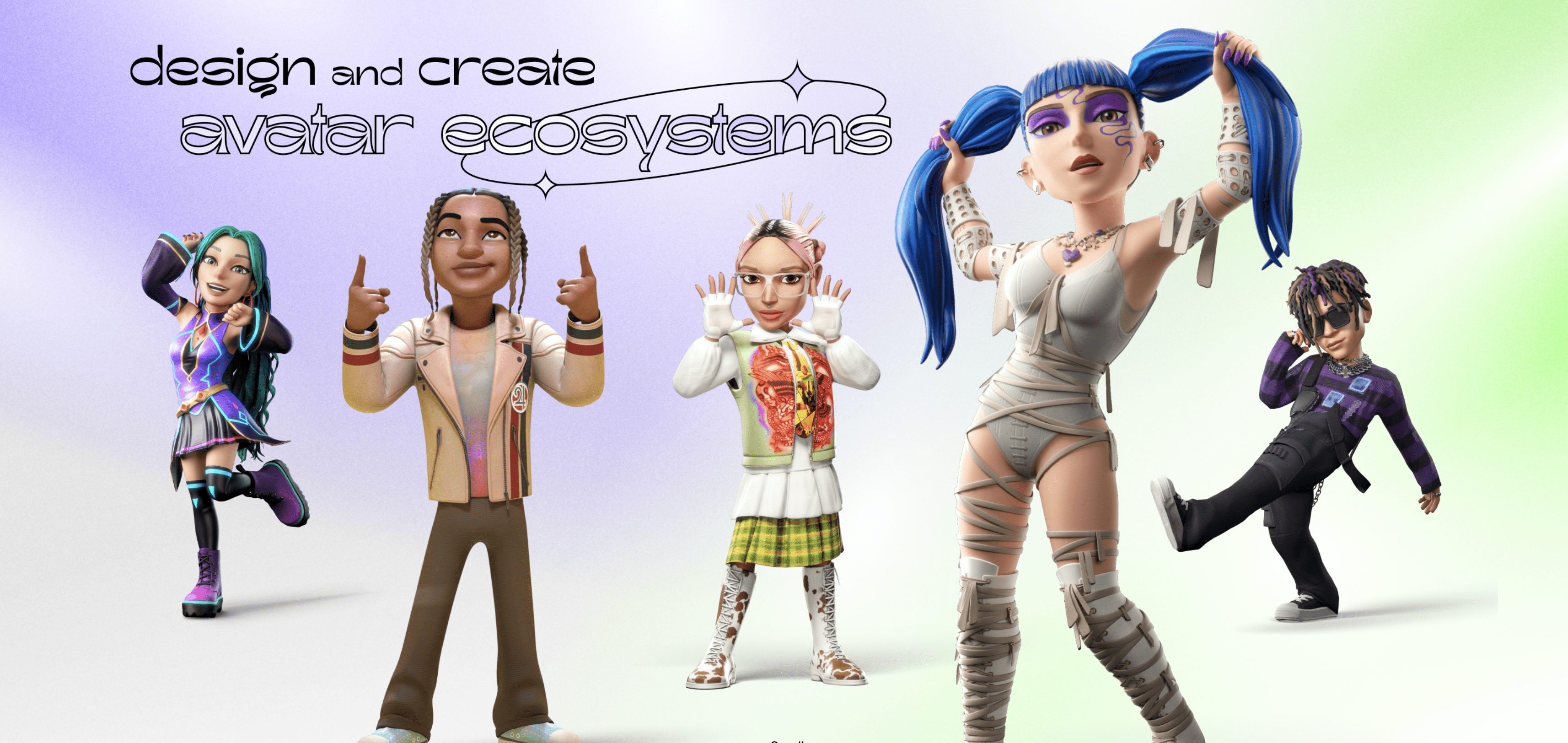
In a race to protect revenue streams reliant on traditional advertising models, Big Tech is staking its own claim in Web3 technologies. The ability to have a more “human” form of self-expression online – one that fosters deeper connection and understanding – will have an important impact as we continue to digitise our lives. The likes of Genies and Ready Player Me allow for the creation of hyper-realistic avatars. Genies can be deployed across the full Meta suite of apps, while Ready Player Me is designed to be interoperable across all platforms.
Virtual worlds represent a fresh slate. With this in mind, underrepresented communities are trying to get ahead of real-world issues of inequality in the metaverse, before they can become ingrained. Representation is a central focus, with people trying to create equitable presence from the get-go.
E.g. Inspired by the poor depictions of Black hair in video games, Professor A.M. Darke is creating the Open Source Afro Hair Library, a database of 3D modelled Black hairstyles that can be used in a range of games, animation, and other digital programming.
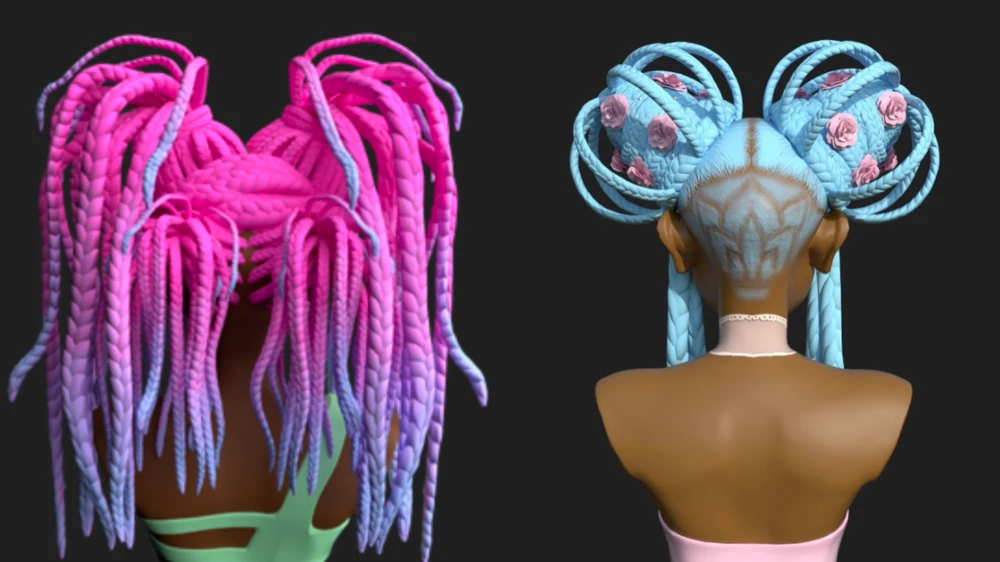
In Asia, fans of VTubers (Virtual YouTubers) are taking fandoms to the next level. In an expression of love for their favourite influencers, fans are using realistic imitations created by AI Art Generators (like DALL-E) to essentially take on the identity of their idols – and use this closeness to create even more intimate fanfic.
E.g. Hololive stars Gawr Gura, Takanashi Kiara, and Mori Calliop have had fans recreate their identities.

With the help of brands, virtual worlds have become places where young creators can share their IRL passions, aesthetics, and causes close to their heart – and make some money in the process. From players launching sustainability-focused Depop stores within The Sims to children taking over their own advertising within Roblox, the line between "producer" and "consumer" is blurring rapidly.
E.g. Kids are creating their own advertising utopias on Roblox, making weird, childish, meme-like, and hyper-literal ads.

As people venture into new virtual worlds, they’re looking for brands to support more flexible and elaborate self-expression in these spaces. Brands should think creatively about how to help people convey and build on their identities – whether that’s helping them execute the most accurate self-portrayal, or creatively reinterpret what defines identity altogether.
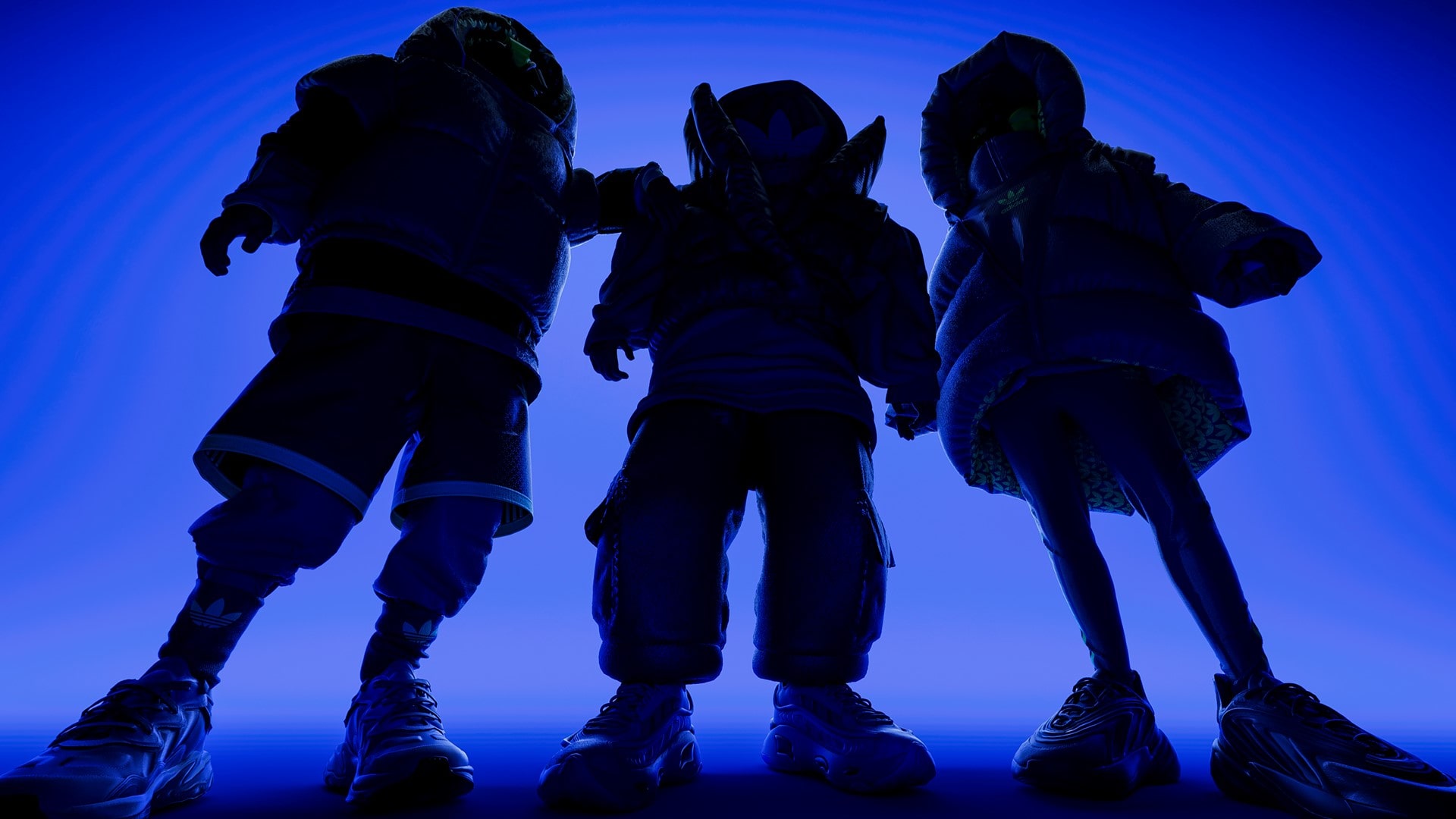
Brands can think outside the box about how avatars can convey personal identity. It’s what adidas did with its Originals Ozworld platform, where users answered questions about their personalities and were given bespoke avatars that embodied their psychological identity, rather than their physical traits.
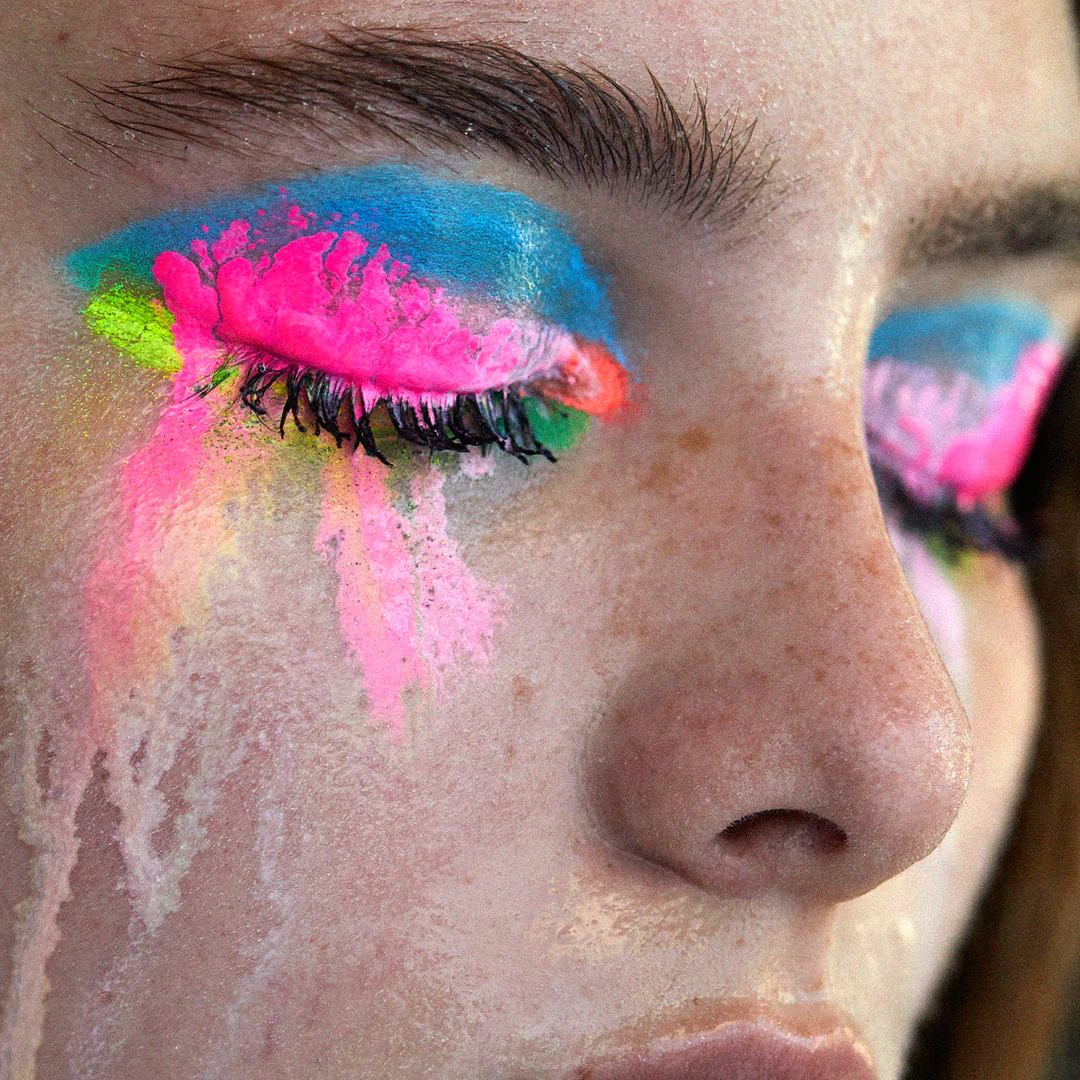
Bakeup is a metaverse-first beauty brand. It designs its products to work across multiple worlds: its rhinestone veils can be worn in real life, but come with a matching AR filter for social, plus an NFT version that can be worn, collected, traded, and sold in the metaverse. In doing so, it creates a through-line between a person’s many selves – their IRL self, self on social, and self in virtual worlds – cementing the sense that our digital selves are not only real and valid, but intimately entangled with who we are offline.